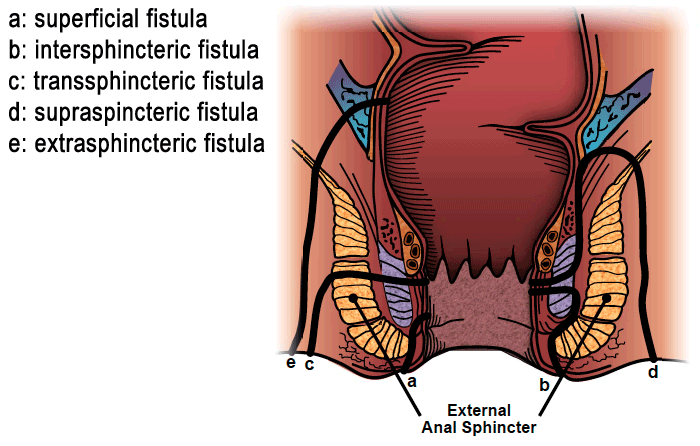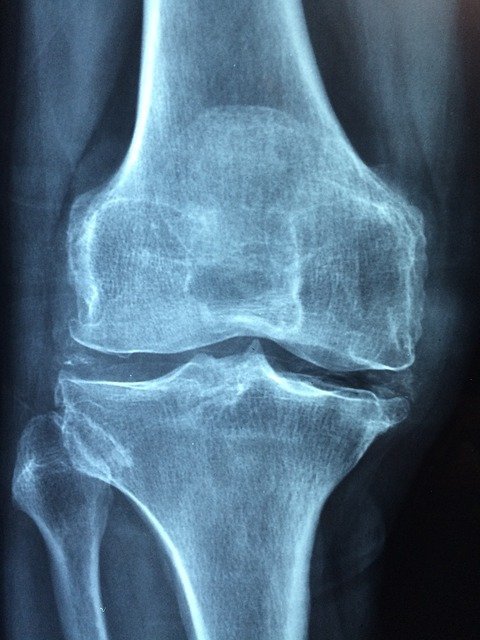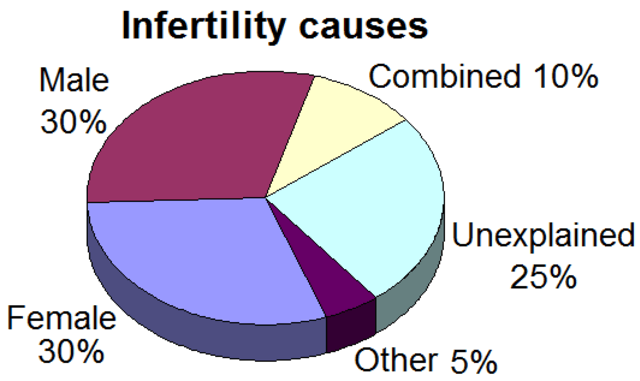- Cupping / Hijama Treatment Plan
- Body part or Function Involved
- Symptoms and Effects
- Suggested Dietary Changes
- Lifestyle Changes
- Alternative Remedies
Information on this site shall be considered as holistic, alternative and spiritual advice only. For medical advice and treatment a GP, medical professional and/or Certified Hijama Therapist should be consulted. In all circumstances where lifestyle changes, supplements, or other foods are suggested your GP should be consulted. Client Safety is the number one priority.
Cupping Points Treatment Plan for Anal Fistula
Allow 2-4 weeks between sessions – longer if required. Hijama Points shown for each session should ONLY be used to guide the therapist. Body size, cup size, and any other conditions need to considered and appropriate care and attention taken. The number of sessions shown can be increased or reduced depending on the condition of the client.
Complete Treatment Plan
Click here for Session 1Click here for Session 2
Click here for Session 3
Click here for Session 4
Use the standard hijama points as an addition or as separate standalone sessions.
Standard Wet Points – 1,55,6,11,12,13
Click here for Hijama Points on the back of the bodyIf the client has a complicated history and numerous concerns then it is a good idea to use our online consultation service – click here.
Which body part or function is involved in Anal Fistula?
The anal canal is referred to as the terminal section of the large intestine that lies between the dentate line and the anal verge. It is the last segment of the gastrointestinal tract that is about 2.5 to 4 cm in length encircled with a sphincter complex and present without a peritoneal covering and connected to the rectum at the end. There are three anatomical regions of the anal canal including the upper part consisting of longitudinal folds called the rectal column, the lower part made of constrictive muscles called sphincters, and the anal opening. The anal canal performs the function of maintaining defecation and fecal continence with the support of internal and external anal sphincters and puborectalis muscles present in this region. The anal canal consists of uneven subepithelial space and anal mucosa called anal cushions that are composed of loose connective tissues, arteriole, venule, smooth muscles, and anorectal vascular plexus or hemorrhoidal plexus. The anal cushions maintain the anal continence and aid in anal expansion during defecation. For complete fecal continence, the presence of anal cushions is significant to fill the gap in the sphincter ring as the anal sphincter complex does not close completely leaving a gap that needs to be filled for proper functioning. To support the anal cushion there exists mucosal suspensory ligament (anal subepithelial smooth muscle) and fibroelastic tissue.
Each of the anal cushions contains within it an anorectal vascular plexus. This anorectal plexus is formed when terminal branches of superior, middle, and inferior rectal arteries come in direct contact with their counterpart veins. The anorectal plexus contains numerous small sphincter-like structures made up of thick tunica media of the venous vessels consisting of smooth muscles (5-15 layers) that aid in the draining of these veins. The anal region is rich in glands contain from 4 to 10 anal glands lying parallel to the dentate line. Based on their opening they are divided into rectal, proctodeal, paraproctic, anal, or circumanal glands. These glands sometimes get blocked due to the accumulation of debris or fecal material that can lead to infection and tunnel into the tissue surrounding the anorectum area that can turn into an abscess. This is prominent in people who suffer chronic constipation, diarrhea, or diabetes.

What are the symptoms and effects of Anal Fistula on the body?
Anal fistula also called fistula-in-ano is mostly caused by a prior or recent anal abscess that’s drained but the healing is not complete. In about 40% of the patients, the manifestation of abscess further leads to fistula formation. The fistula is a tunnel having an internal opening in the anal channel and an opening outside the skin in the anal region. Fistula is classified by their location in connection to the anal sphincter and from most common to least common.
- Intersphincteric fistula – This type of fistula forms closest to the anal opening with a tract that starts in the space between internal and external sphincter muscles.
- Transspincteric fistula – This type of fistula usually has an opening on both anal sides and is also named as horseshoe fistula. Its track starts in the space lying between the internal and external sphincter and then crosses the external sphincter and opens outside the skin an inch away from the anal opening.
- Suprashincteric fistula – Its track starts in space lying between internal and external sphincter muscles then rising above the puborectal muscle and crosses this and descends between levator ani muscle and puborectal and opens an inch outside the anal region.
- Extrasphinctric fistula – The tract of this type of fistula starts from the rectum or sigmoid colon and descends through the levator ani muscle opening outside the anus.
The symptoms of the anal fistula include: rectal bleeding, pain, redness, and swelling in the anal region, painful bowel movement, recurrent anal abscess, fatigue, chills, and fever, irritation of the perianal skin due to drainage, drainage from the opening that smells foul.
The major cause of anal fistula is clogging of the anal glands leading to abscess formation. Besides this, there are some rare conditions that can cause anal fistula including: Radiotherapy Tuberculosis or HIV infection Cancer Crohn’s disease Ulcerative colitis Sexually transmitted diseases Hidradenitis suppurativa Trauma can also lead to anal fistula.
What changes in diet can help improve symptoms of Anal Fistula?

Getting enough fiber in the diet can help in getting rid of constipation that leads to passing large, hard dry stools. Food consisting of fruits, vegetables, whole grains, oatmeal, legumes, citrus fruits, nuts, beans, cheese, yogurt, and fish help in easing bowel movement and prevent constipation. Avoid food items that are fried, spicy and salty. Drink plenty of water to keep yourself hydrated but avoid drinking water after taking a meal.
Changes in lifestyle which can help Anal Fistula
Stay active and add moderate exercise in your daily routine to improve your digestive system movement and shape. Do not avoid using the bathroom when your body is telling you to go because this can cause your stool to get harder and difficult to pass leading to complications. Avoid cleaning the anal area excessively as it can cause irritation and itching. Soaking yourself in warm water for at least 30 minutes can relieve the symptoms.
Possible alternative remedies for Anal Fistula
Although, an anal fistula is mostly treated by a surgery as there is no other treatment for this. But some routines can be followed to avoid it from developing or to ease the symptoms.
- Soaking in a warm bath for about 3 to 4 hours is recommended for anal fistula patients.
- Using laxative to soften the stool for its easy movement.
- Taking doctor’s advice before starting the normal activities.
- Wearing a pad over the anal region is recommended until the healing process is complete.




